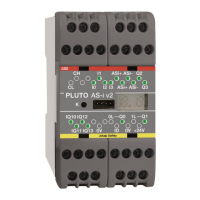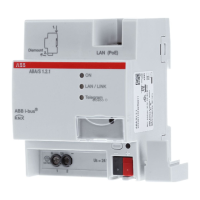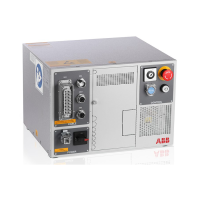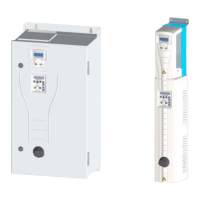Controlled Switching — Buyer´s Guide
B-3
Edition 2, 2006-09
Explanations
Explanations
Strategies cont.
Power Transformers
Common practice is to energize a power transformer from the side having the
highest voltage. The strategy for controlled energizing of no-load transformers
is to energize the load at instants resulting in flux symmetry by taking the
residual flux into account. The residual flux may be high due to the non-linear
magnetizing curve.
The strategy also allows for energizing from the lower voltage side, which is
less common.
Three different strategies apply:
- If the residual flux can be ignored, energizing instants at the voltage peak
(zero flux) is selected. In cases such as these, the circuit breakers may ei-
ther be single-pole or three-pole operated.
- If the residual flux cannot be ignored controlled opening prior to controlled
closing is a proper method that takes residual flux into account. Controlled
opening then serves as support for the consecutive controlled closing op-
eration. Controlled opening ensures repeatable flux conditions (polarity and
magnitude). Making conditions are tuned to fit for the ”locked” interrupting
conditions. Circuit breakers switched using this strategy should preferably
be single-pole operated.
- Automatic targeting by residual flux measurement. This method requires
that transformer type and load side voltage measurements are in accor-
dance with the required combinations specified for controller T183. The
circuit breaker must also be single-pole operated. The strategy in this case
is to energize at instants when the prospective flux equals the residual flux.
The flux is determined by the integration of the load side voltages.
Besides that the main objective is to control the energizing by lowering the
stresses at energizing of a transformer, it may also be useful to implement
controlled de-energizing as the basic aim in some specific applications like
switching arc furnace transformers. This is especially the case when vacuum
circuit-breakers are used (which may for unfavorable arcing times cause
repetitive re-ignitions) and can be done even if the circuit-breaker is three-pole
operated and not modified by mechanical staggering. The controlled opening
will avoid the risk for re-ignitions. Since the transformer is de-energized in
loaded condition the phase shift between voltages and currents can vary
which will require a current reference rather than a supply side voltage
reference.
Uncompensated
Transmission Lines
When switching off the healthy phases of a no-load uncompensated line,
DC voltage will be trapped. This is the case unless magnetic VTs are used.
For smooth re-energizing (or energizing), the line voltages are measured and
energizing targets will be controlled to instants giving suitable and acceptable
pre-strike voltages.
Controller L183 requires a single-pole operated circuit breaker. The controller
works for both single-phase line switching and three-phase line switching.
A timing condition (>20 s) changes the target to conditions for an uncharged
line.
Shunt Reactor
Compensated
Transmission Lines
The optimum strategy is to re-energize the shunt reactor compensated line at
instants when the difference voltage across the circuit breaker poles reaches
beat minimum. However, this strategy would require a controller able to read
the continuous voltage across the circuit breaker, which is not the case for
L183.
A simplified strategy targeting fixed contact touch instants independent of the
line side voltage can be used. This method is preferably used in combination
with line surge arresters.
As an alternative solution a controller of type CAT can be used for controlled
re-energizing of shunt reactor compensated lines.

